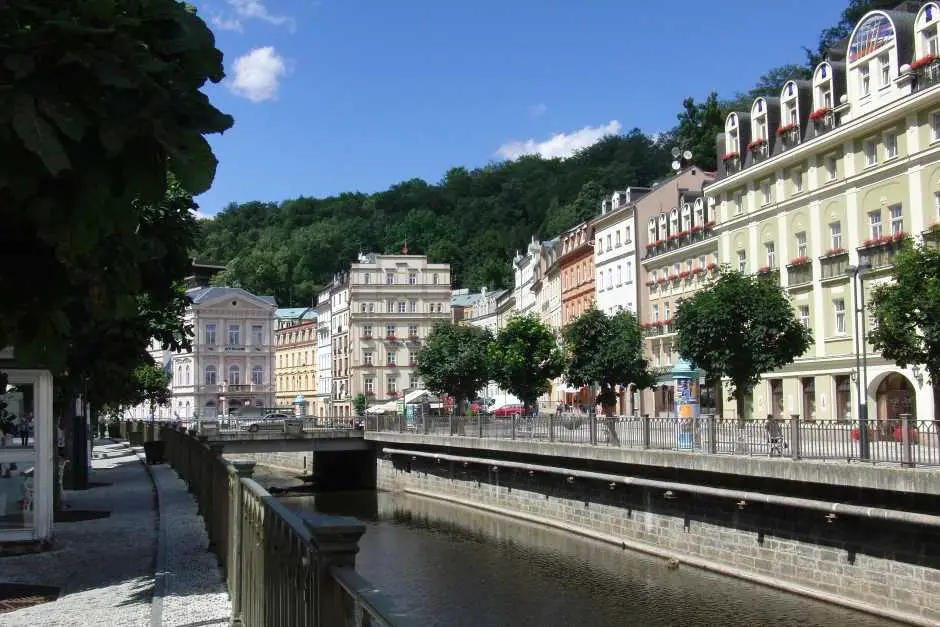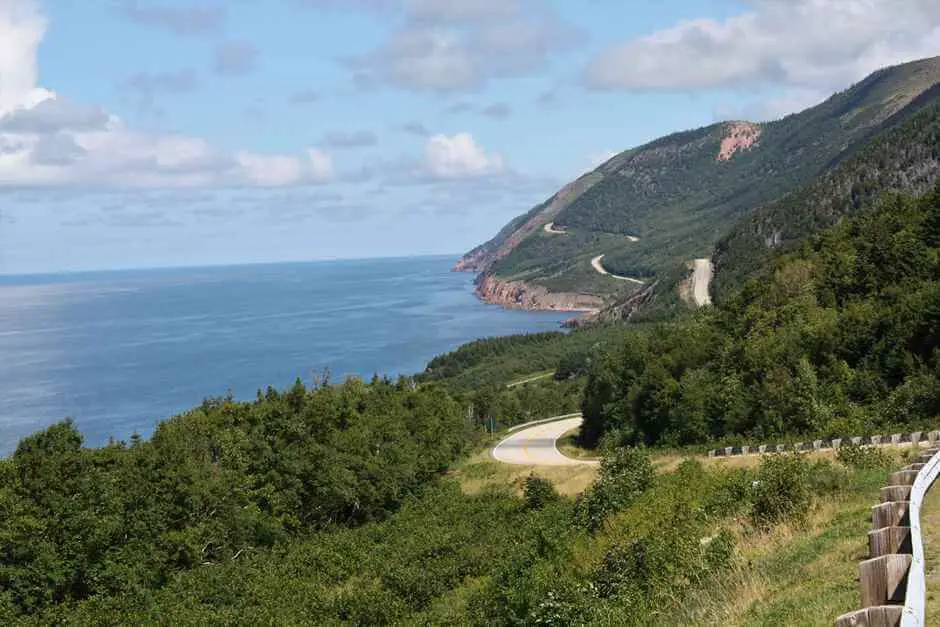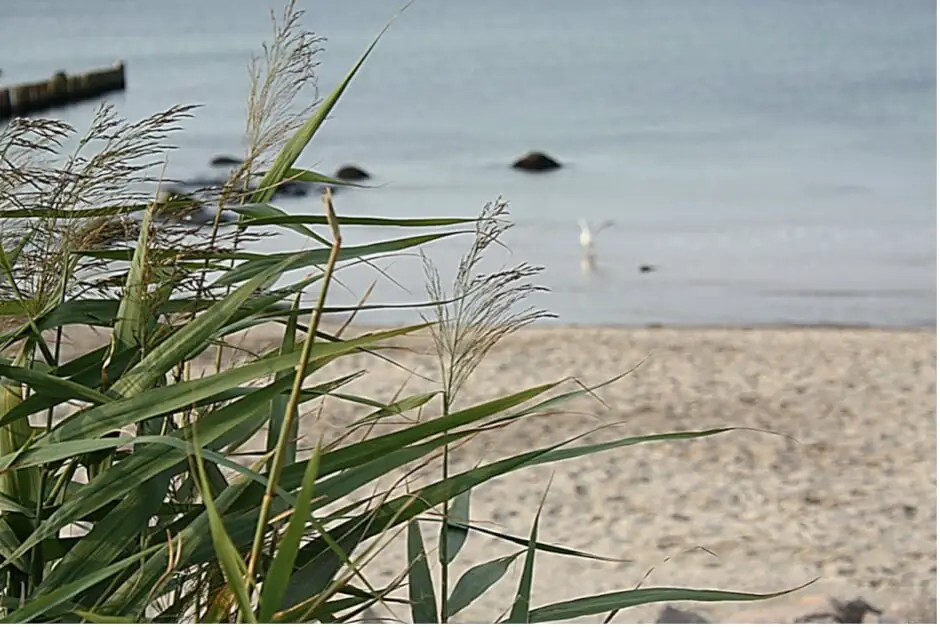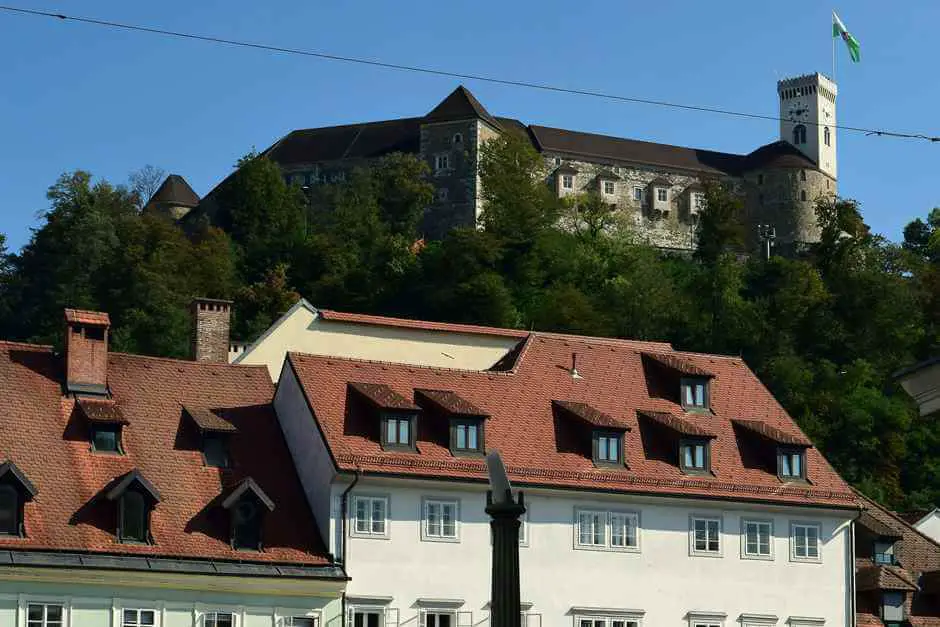Wafers are known as Ingredients for Christmas cookies. These are thin sheets whose dough consists exclusively of water, flour and starch. If you eat them, they taste bland. Unless you upgrade them with sweet fillings or as a base for cookies. They are often used for Christmas baking Gingerbread or macaroons. As such, they prevent the cookies from sticking to the baking sheet. However, there are also filled wafers that are filled with nut cream, chocolate or other flavoring ingredients. These dough sheets are often printed with an image or text. Karlovy Vary wafers buy guests of Czech spa town preferably as souvenirs. As we learned, however, they don't only exist there.
You can buy real Karlovy Vary wafers here*
If you purchase via a link marked *, we receive a commission, which we use to run this blog.
Where do wafers come from?
The forerunners of the oblates were probably wafers that the priest distributes in the church during communion. This custom is also known in the New Apostolic Church and in the Armenian Orthodox Church. Instead of breaking the bread for the believers, simple sheets of dough were baked in host irons, which were then distributed to the believers in the size of a bite.
A chef from the Premonstratensian monastery in Teplá is considered the inventor of the filled wafers. This should present the guests of the monastery with a dessert. He came up with the idea of filling the simple sheets of dough with a mixture of nuts, sugar, cinnamon and other spices. He then puts it back into the waffle iron. This is how the Karlsbader Oblate gets its typical taste. In Carlsbad or Marienbad you can try them on the spot.
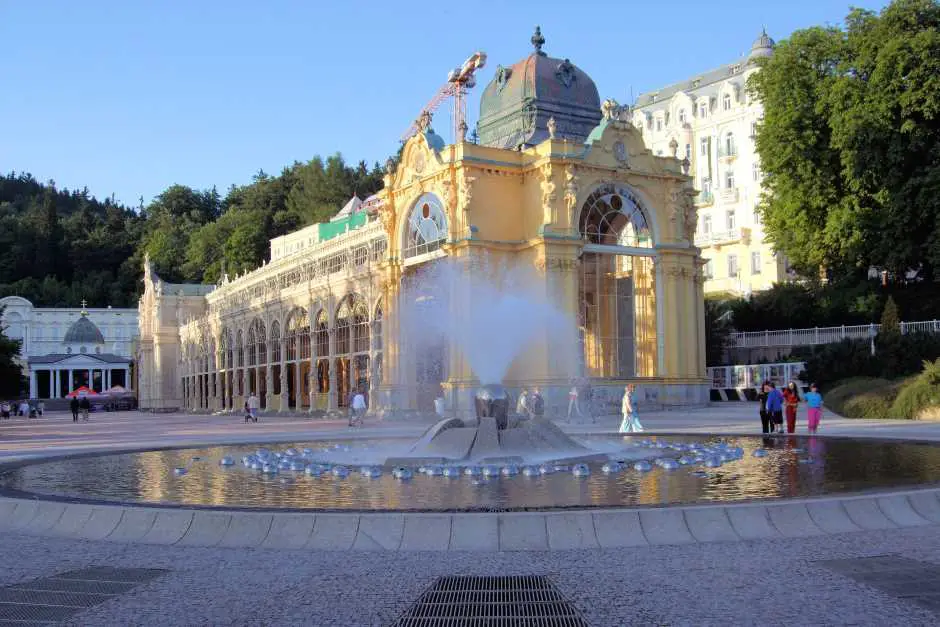
The original Karlovy Vary wafer bears the name of this city. However, it was made in a pastry shop in Marienbad. There, at the end of the 19th century, Franz Wittmayer had a pastry shop in the border region to Cheb country opened. He was the first to make the filled wafer sheets for his customers. Another milestone in the development of the specialty was achieved by Josef Homolka, who filled the dough sheets with chocolate in the period before the Second World War. It took him three years to come up with the right recipe.
You can buy Marienbad wafers here*
If you purchase via a link marked *, we receive a commission, which we use to run this blog.
How did the filled wafer sheets get to Germany?
With the end of the Second World War, the history of this specialty changed rapidly. Between 1945 and 1946 the Sudeten Germans were expelled from Czechoslovakia. The Beneš Decree 108 of October 25, 1945 led to the confiscation and nationalization of all the properties of the Czech Republic's ethnic German residents. Patisserie shops, many of which were owned by Sudeten Germans, were abandoned. Their owners often fled across the border into Germany in night-and-dagger operations. Some brought nothing with them other than their knowledge. Others managed to smuggle small possessions out of the country. From then on, factories in Czechoslovakia took over wafer production.
The Karlovy Vary wafers from Wetzel
One of the refugees was Marlene Wetzel. The young woman had fled to Germany with her little daughter Marlies in a cattle wagon. She had agreed with her husband, who was an aviator, that they would meet with his parents in his home town near Dillingen after the war. There she first found out that her husband had died at the front. She had no right to a widow's pension. So she initially stayed with her in-laws as a single mother. While escaping from the Czech Republic, she smuggled a wafer press across the border in her daughter's stroller. This was her only possession. With that she began to bake Karlovy Vary wafers in Swabia. Initially ridiculed by the neighbors. In the meantime, Wetzel Oblaten- und Waffeln GmbH has blossomed into the market leader in wafer production in Germany.
You can buy Wetzel wafers here*
If you purchase via a link marked *, we receive a commission, which we use to run this blog.
It wasn't easy. Over the years, a bitter dispute erupted over the protection of the Karlsbader Oblaten name. This was only decided by the EU in 2011. Only the Czech producers were granted the right to call their wafers "Karlovarské oplatky". The refugees from the Sudetenland, who had trademarked their baked goods in Germany and Austria, were still allowed to sell them as Karlsbader Oblaten. In Germany, however, the Wetzel company is the only one that has retained this right.
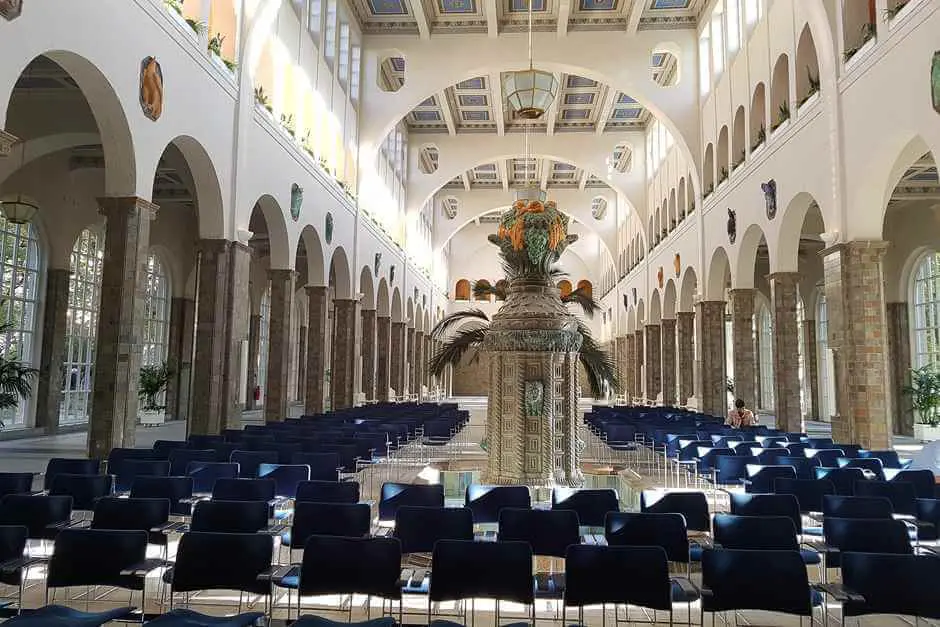
Bad Kissingen also has its wafers
The Zintl family has been producing the specialty in Bad Kissingen since 1937, now in the third generation. And it's also because of the Zintl family that the Kissinger Oblates don't have that much in common with “the relatives” from the Czech Republic.
Real handwork
The Kissinger wafers are a fine wafer pastry with vanilla and nut filling, which is hand-made according to a secret family recipe by the Zintl wafer bakery using specially made machines. “The beginnings of the Kissinger Oblates go back to 1928. According to a contemporary document, a certain Franz Hauer settled in the spa town at that time,” reports Gabi Zintl, who joined her parents’ business in 2003. “He came from Marienbad and baked wafers in a backyard according to the well-known Carlsbad recipe. Just a year later, Franz Freiberg was named as the manufacturer, before master confectioner Alois Zintl (my grandfather) finally took over the wafer and waffle bakery in 1937. He developed his own creation, today’s Kissinger wafers,” reports the trained hotel manager proudly.
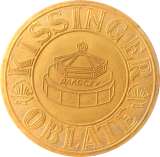
"After my father had run the wafer bakery for a long time, it was my motivation to take over the business, because I want to continue the tradition of my grandfather and my parents," says the 56-year-old. Today only the Kissinger wafers are made in the bakery. Due to the special recipe, unlike other wafers, they stay crispy for about three months and are also not that sweet. The wafers are only in Bad Kissingen sold. “You can get the specialty freshly baked on Saturday mornings at our stall on the market square and in some specialty shops, cafés, bakeries, grocery stores and the tourist information center,” informs Zintl.
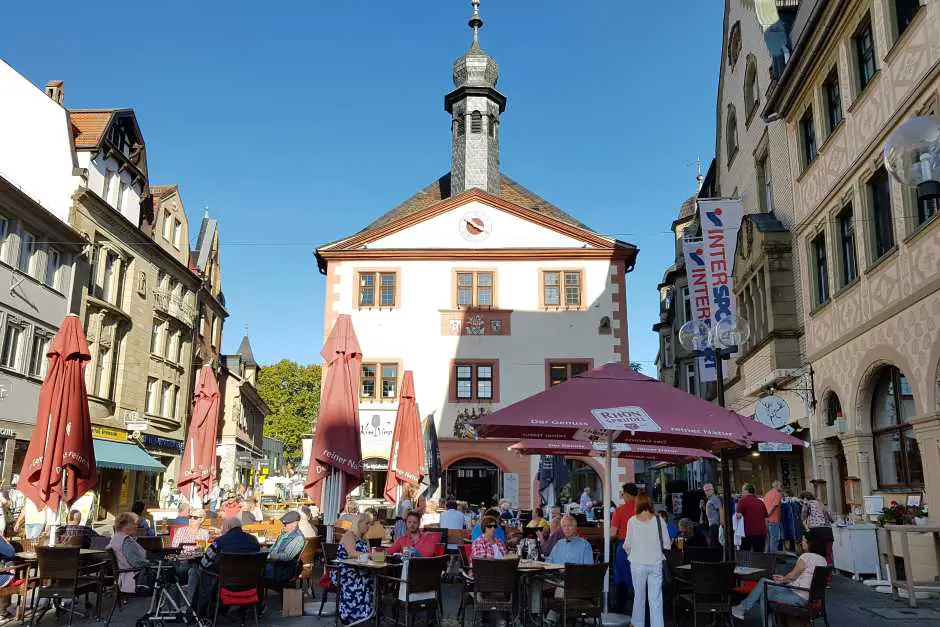
Originally made in Bad Kissingen
The wafers are very popular with guests and locals alike. “Bad Kissingen is very well attended as a spa town, and many guests want to take a special souvenir or souvenir home with them. The wafers are wonderful because they last for a few months,” says Gabi Zintl, who feels completely at home in Bad Kissingen. “Our city is so manageable and cozy. I particularly appreciate the parks and forests around Kissingen, but also the proximity to the Rhön for hiking and sometimes skiing or tobogganing.”
What not to miss?
And what should vacationers definitely not miss? “My favorite place in Bad Kissingen is the Luitpoldpark with its beautiful old trees and meadows and the water treading pool with a Mediterranean flair. Every vacationer should visit the rose garden and the spa garden with the foyer and of course the Regentenbau, ”recommends Zintl. She also recommends a tour to the mysterious Wichtelhöhlen for hikers. “And of course enjoy the Kissinger wafers. Maybe fresh off the waffle iron on Saturdays, ”she adds with a smile. Because you can only buy Bad Kissinger wafers there.
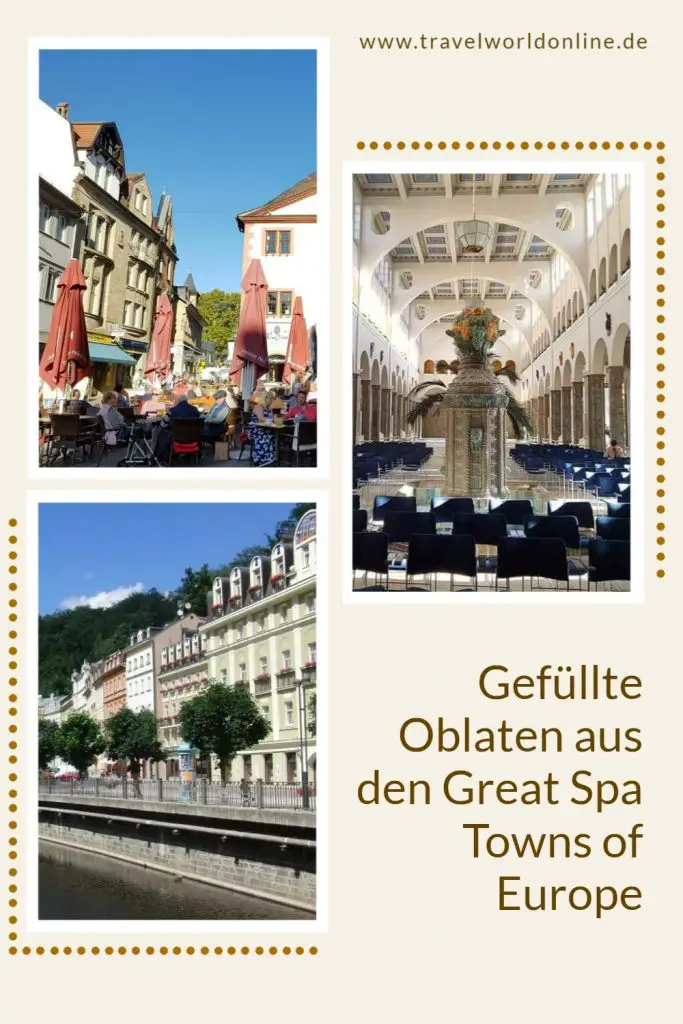
Do you know this?
- Baking supplies store
- Bad Kissingen restaurants for gourmets
- The most beautiful health resorts in Germany for a health resort vacation
- Artists and nobility in Altaussee in Styria
- Other Health resorts in Germany introduces Marina from MSWelltravel.
- The Hector in Pictou brought the first Scots to Nova Scotia
- Buying a hiking backpack – what you should know before you buy it
- Bad Kissingen
- Czech Republic vacation and travel tips
- Landal Marina Lipno in South Bohemia
- Holidays in winter at the Lipno reservoir in the Czech Republic
- Cesky Krumlov Hotel – Krumlov Hotel
- Český Krumlov insider tips: An exclusive travel guide for pleasure travelers
- Budweis Czech Republic – České Budějovice and its sights
- Hotels in České Budějovice, Czech Republic
- Bohemian food
- Gifts for hikers
Source: own research and Bad Kissingen. However, our opinion remains our own.
Text wafers: © Copyright Monika Fuchs and TravelWorldOnline
Photos Oblaten © Copyright Monika Fuchs and TravelWorldOnline, Amazon as well as in the public domain and see caption
